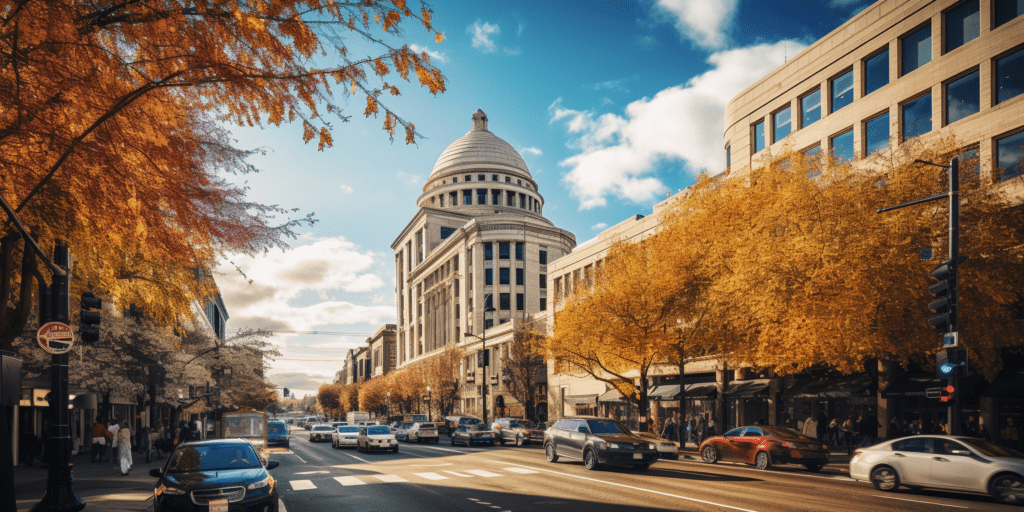Building codes are a fundamental aspect of any construction project. They ensure the safety, functionality, and compliance of structures with various regulations. In Washington state, these codes play a crucial role in maintaining the integrity of buildings, protecting occupants, and preserving the environment.
This comprehensive guide aims to demystify building codes in Washington. Whether you’re a homeowner planning a renovation, a developer embarking on a new project, or simply curious about the regulations governing the built environment in the Evergreen State, this article will provide valuable insights.
The Purpose of Building Codes:
Building codes serve several essential purposes:
- Safety: They prioritize the safety of occupants by setting standards for construction materials, methods, and structural integrity.
- Accessibility: Building codes ensure that structures are accessible to individuals with disabilities, promoting inclusivity.
- Energy Efficiency: Codes include provisions for energy efficiency, helping reduce environmental impact and energy costs.
- Zoning and Land Use: Codes align with local zoning ordinances, guiding construction within specific land-use regulations.
- Sustainability: Modern codes often incorporate sustainability measures to reduce a building’s ecological footprint.
Types of Building Codes in Washington:
Washington state adopts various building codes, primarily following the International Building Code (IBC) and International Residential Code (IRC). Local jurisdictions may amend these codes to address regional concerns and requirements. Common types of building codes include:
- International Building Code (IBC): Applicable to commercial buildings and structures.
- International Residential Code (IRC): Pertains to residential construction, including single-family homes and duplexes.
- International Mechanical Code (IMC): Covers heating, ventilation, air conditioning (HVAC), and refrigeration systems.
- International Fire Code (IFC): Focuses on fire prevention, life safety, and fire protection systems.
- International Energy Conservation Code (IECC): Promotes energy efficiency in building design and construction.
- International Plumbing Code (IPC): Addresses plumbing systems, fixtures, and water supply.
- International Existing Building Code (IEBC): Governs the alteration, repair, addition, and change of occupancy for existing buildings.


Permits and Inspections:
To ensure compliance with building codes, obtaining permits and undergoing inspections are critical steps in any construction project. Here’s what you need to know:
- Building Permits: Typically, you must obtain a building permit before commencing construction or renovation. The permit application process varies by jurisdiction.
- Inspections: Building inspectors will assess various phases of your project to verify compliance with codes. Common inspection points include foundation, framing, electrical, plumbing, and final inspections.
- Plan Review: Before approval, your construction plans undergo a review process to confirm adherence to codes.
Local Variations:
It’s important to note that building codes can vary from one Washington locality to another. Local jurisdictions may adopt amendments based on their specific needs and priorities. Therefore, it’s crucial to consult with your local building department or municipality to understand the exact requirements for your project.
Sustainable and Green Building:
Washington has been at the forefront of sustainable construction practices. Many local jurisdictions have adopted green building codes that encourage eco-friendly design and construction. These codes promote energy-efficient systems, renewable materials, and environmentally conscious building practices.
Accessibility Requirements:
In compliance with the Americans with Disabilities Act (ADA), Washington’s building codes incorporate accessibility provisions. These provisions ensure that buildings are accessible to individuals with disabilities, making public spaces more inclusive.
Seismic Considerations:
Given Washington’s proximity to seismic activity, seismic design and construction standards are essential. Building codes include provisions to enhance structural resilience and minimize damage during earthquakes.
Conclusion: Navigating Washington’s Building Codes
Building codes in Washington are designed to safeguard lives, property, and the environment. Whether you’re planning a construction project or simply interested in understanding the regulations that shape our built environment, this guide provides valuable insights.
Remember that building codes can evolve over time, reflecting advances in construction technology, sustainability practices, and safety standards. Staying informed about the latest code revisions and consulting with local authorities is crucial for a successful construction project in the Evergreen State.



